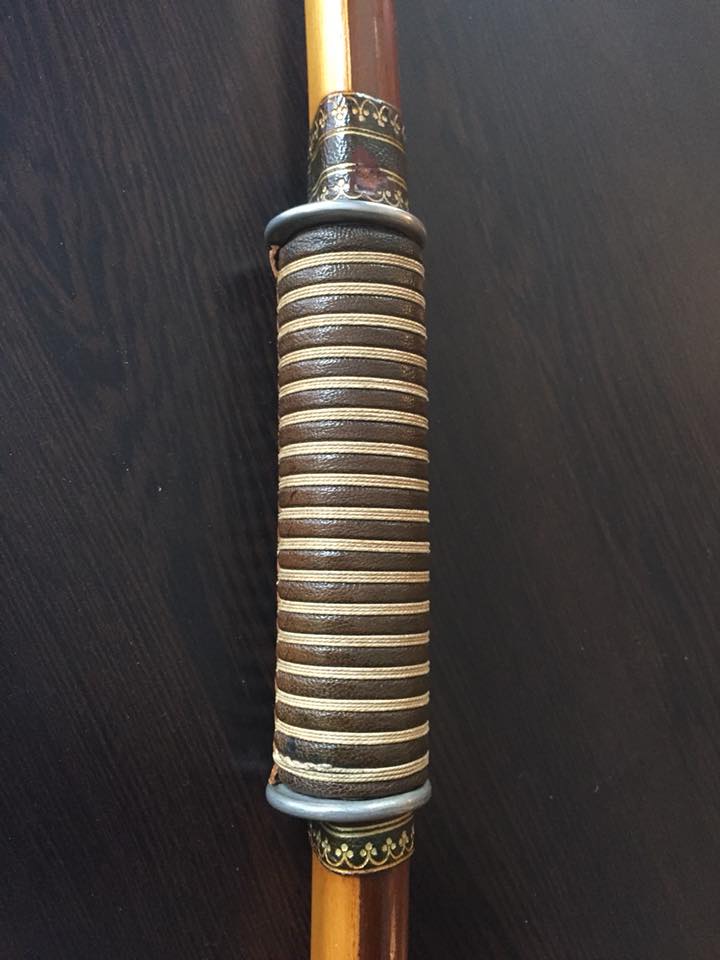Chris Boyton:illa oli vähän aikaa sitten tällainen julkaisu omalla sivullaan joka sinällään sivuttaa tätä samaa topiikkia.
“Another casual comment from a friend recently promoted me to put pen to paper, and put a complete myth to rest.
On more than a few occasions customers or friends have related conversations to me where bowmakers have commented on Ipe (pronounced ee-pay) disparagingly as a decking wood, not a bow wood, now some of you know it’s one of the timbers I use in my bows, and I’m not for one minute trying to gain more sales or even promote Ipe over other timbers, as I choose to only make a few bows a year, to fill the gaps in my regular shaft making runs.
Ipe longbows can be found in old bow collections, and was a very popular timber in Belgium and France in the 19th century (not much decking around in those days) and the Flemish family Dhondt made exclusively Ipe bows from the late 19th century until the 1980’s well before some bowmakers we’re even making bows.
Funny enough the use of the currently used species of lemonwood started to be used in bow making in the 1970’s and was introduced into bowyery by Val Rawnsley, as the far better Cuban Degame (De garmay) supplies finally came to an end.
At that time Rawnsley made a few longbows from Ipe, one of which I used in an archery stunt for many years with the jousting troupe The Arkley Knights, and it proved a very reliable bow wood.
With the demise of so many species of wood, I see no problem in using a timber that was when I first used it, a good timber to use because it was plentiful and not endangered, sadly with so much of it being cut for decking, it might also go the way of many other timbers.
It’s not surprising that the professionals switched from timber to fibreglass in the 1950’s.
In addition Ipe can be found
In the form of a tea type infusion, called Lapacho, and was also used by the native South American’s for similar purposes.
So next time you hear someone say it’s a decking timber, you can put them straight.
The bow pictured was made by Julien Dhondt in the 1930’s, with Ipe belly, one growth ring of ash on the back, and a traditional arrow rest, a feature they used way before all the modern bow makers had thought of it.”
